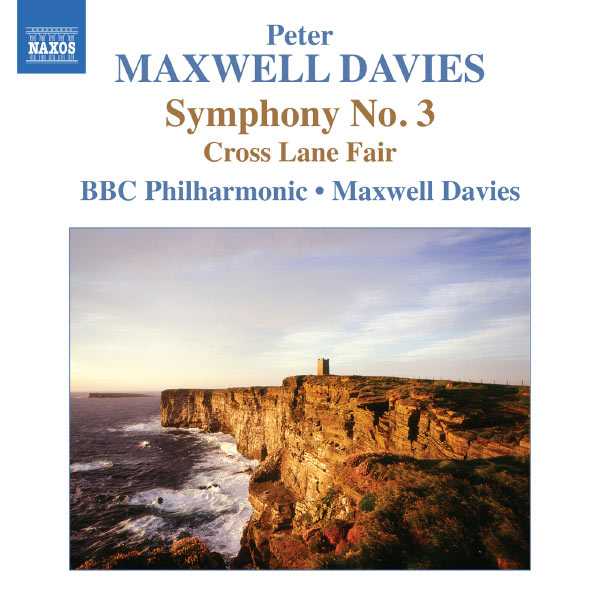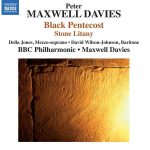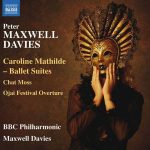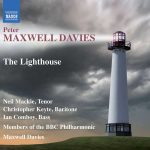
Composer: Sir Peter Maxwell Davies
Performer: Mark Jordan, Rob Lea
Orchestra: BBC Philharmonic Orchestra
Conductor: Sir Peter Maxwell Davies
Format: FLAC (tracks)
Label: Naxos
Catalogue: 8572350
Release: 2012
Size: 265 MB
Recovery: +3%
Scan: yes
Symphony No. 3
01. I. Lento – Adagio – Andante – Moderato – Allegretto – Allegro moderato – Allegro – Allegro alla breve
02. II. Allegro
03. III. Allegro vivace: Scorrevole e bisbigliando
04. IV. Lento – Adagio flessible
Cross Lane Fair
05. Introduction
06. Fairground
07. Ghost Train
08. Transition
09. The Bearded Lady and the Five-Legged Sheep
10. Transition
11. The Juggler
12. Transition
13. The Roundabout
Peter Maxwell Davies’s Symphony No. 3 is the product of symmetry and proportion based on the principles of Renaissance architecture. It is also a dynamic and thrilling seascape, one that both invokes medieval chant and summons up the violent buffeting of the waves, and the stirring cliff-face full of nesting birds. The dual inspirations of proportion and the natural world are seamlessly coalesced, and the Symphony teems with evocative sounds and brooding passages both expansive and time-defying in their beauty. Cross Lane Fair is a lighter work, scored for Northumbrian pipes, bodhran (an Irish drum) and chamber orchestra, inspired by the memories of a fairground that Maxwell Davies visited as a child.
In the work of Peter Maxwell Davies, the traditions of the British pastoralists and of Sibelius (almost a British composer for the critical role that country played in putting his music into the canon) potentially seem reconciled to modernist trends. Whether you’ll find the Symphony No. 3 a good example of that reconciliation is probably a matter of taste, but the reappearance of this recording will be welcome for Maxwell Davies fans. The album was originally issued in 1994 on the small Collins Classics label; Naxos reissued it in 2012. The Symphony No. 3 itself was written in 1984 and premiered by another conductor; the composer’s decision to record it again, leading the BBC Philharmonic Orchestra, was perhaps born of a decision to set the record straight, so to speak. The work’s outer slow movements are massive and often lugubrious. They have long-range harmonic schemes, combined with a set of proportions supposedly derived from Renaissance architecture (good luck hearing these, and note that some of the Renaissance music thought to be based on architectural proportions has turned out not to be, after all). Midway through the work, Maxwell Davies says in his notes, he realized he was really writing about the seascapes that inhabit some of his other works, and those by so many other British composers besides. Does it work? It’s heavy stuff, but it’s both evocative in the small scale and absorbing in its larger design. The small folkish suite Cross Lane Fair, brand new at the time of the original recording, wraps up the album on a happier note, and you couldn’t ask for performances that more competently reflect the composer’s intentions.



